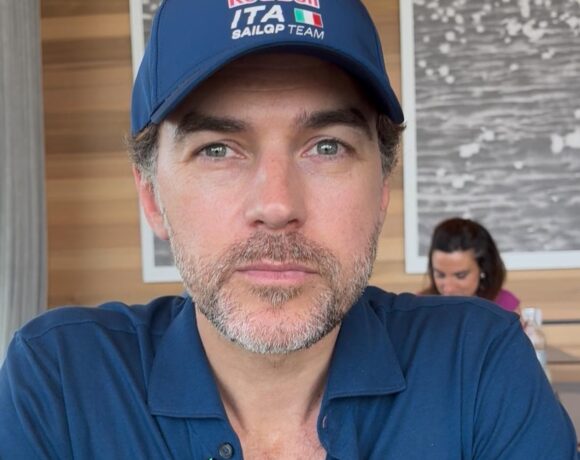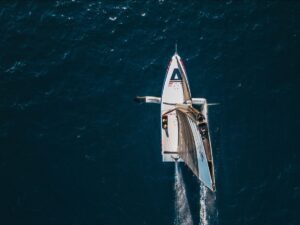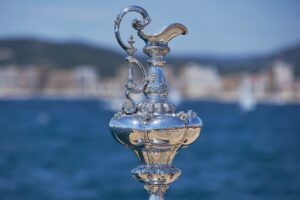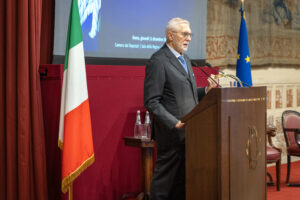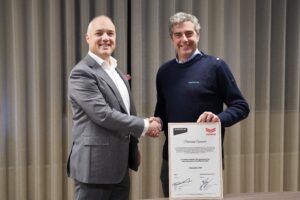One of sailing’s greatest contests reconvenes in August in the shape of the 45th edition of the Rolex Fastnet Race. A sporting institution, Europe’s oldest offshore race entails a gripping and punishing 608-nautical mile journey from Cowes, Isle of Wight to Plymouth via the Fastnet Rock, off the southern tip of Ireland. An incredible – and record – 380 yachts could start the biennial race. In response to the immense demand and popularity of the event, the Royal Ocean Racing Club (RORC) increased the limit for this year’s fleet after the entry list was filled within 24 hours of opening. Over twenty countries and territories from five continents will be represented, with crews comprising both fully professional and amateur.
The Rolex Fastnet is a genuine rite of passage for any sailor. Conditions can be harsh and are always changeable. The race is as notoriously difficult to finish, as it is to win. The competition is democratic: the handicap system applied to the main body of the fleet means the overall winner can spring from any size of yacht. Niklas Zennström’s 21.94m/72-foot British Mini Maxi Rán 2 is the defending champion and is seeking to make history by becoming the first boat to win the race three times in a row: an achievement that would border on the miraculous.
Current race record holder, the Volvo Open 70 Abu Dhabi from the United Arab Emirates, skippered by Ian Walker, will set out to defend her line honours title and to better the benchmark monohull time of 42 hours, 39 minutes she set in 2011. Abu Dhabi will be wary of her competition. Igor Simcic’s 30.48m/100-ft pan-European Maxi Esimit Europa 2, the undisputed fastest boat in the Mediterranean, is taking part for the first time. Mike Slade’s primarily British crewed 100-ft Maxi ICAP Leopard, twice the event’s fastest finisher (2007, 2009), will be tough to beat given the right mix of conditions.




